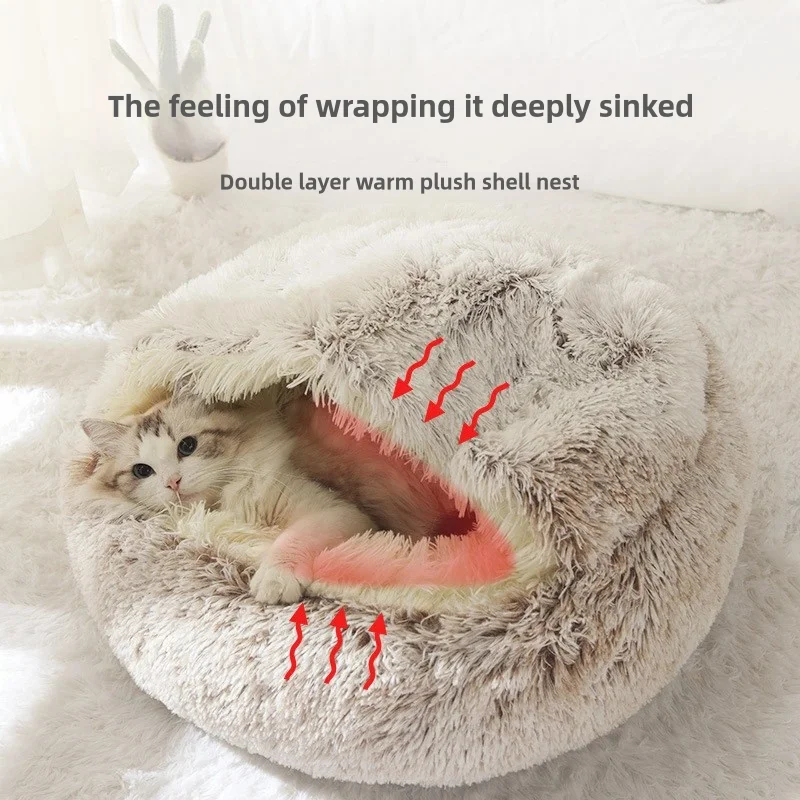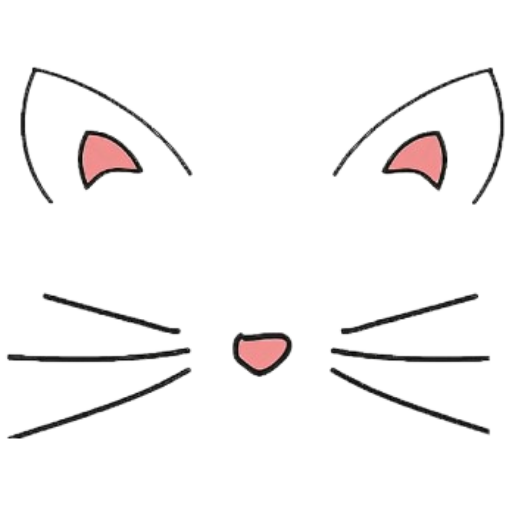The Science Behind a Cat’s Purr: Unraveling the Mystery
- No Comments
Cats have long been admired for their enigmatic behaviors and mesmerizing presence, but few aspects of feline life are as captivating as the gentle, rhythmic sound of a cat’s purr. For centuries, this soothing vibration has been associated with contentment and relaxation, yet the science behind this phenomenon is more complex and fascinating than it first appears. Recent studies have delved deeper into understanding why and how cats purr, shedding light on an array of potential functions that extend beyond mere communication.
Unlike vocalizations that can be heard from a distance, a purr is a unique form of communication that typically occurs when a cat is in close proximity to its owner or fellow feline. Research suggests that the purr may serve as an evolutionary tool for bonding between mother cats and their kittens. Newborn kittens are born deaf and blind, relying heavily on the vibrations of their mother’s purr to guide them towards her warmth and nourishment. This early exposure to purring creates a comforting association that persists into adulthood.
Physiologically, the mechanism behind a cat’s purr involves a complex interaction between the brain, laryngeal muscles, and vocal cords. The current understanding is that purring is generated by the rapid twitching of muscles within the larynx, which causes a sudden separation of the vocal cords during both inhalation and exhalation. This results in a continuous sound that can vary in frequency and intensity. Interestingly, domestic cats produce purrs within a frequency range of 25 to 150 Hertz, a range that has been shown to promote healing and bone growth, not only in cats but potentially in humans as well.
Moreover, not all purrs are created equal. Cats have been observed to purr in a variety of scenarios, not just when they are happy or relaxed. Some cats purr when they are frightened, injured, or even during a visit to the veterinarian. This has led scientists to theorize that purring can be a self-soothing mechanism that helps cats cope with stress or pain. In these situations, the act of purring may stimulate the production of endorphins, thereby providing a natural form of pain relief.
Beyond the biological and emotional aspects, purring may also serve a social function. Cats have been known to use purring as a means of soliciting attention and care from their human companions. A study conducted at the University of Sussex found that cats are capable of embedding a high-frequency cry within their purrs, which mimics the sound of a human baby crying. This subtle acoustic manipulation can provoke an innate nurturing response from humans, ensuring that the cat receives the attention or food it desires.
The therapeutic benefits of purring extend beyond the feline world, with pet owners often reporting a sense of calm and reduced stress when in the presence of a purring cat. Some holistic practitioners even advocate for the use of feline-assisted therapy, where the purring of a cat is harnessed to promote relaxation and emotional healing in humans.
While much has been uncovered about the mysterious purr, there is still much to learn. Researchers continue to explore the evolutionary advantages and physiological processes associated with purring, hoping to unlock further secrets behind one of nature’s most soothing sounds. As our understanding deepens, the purr remains a testament to the remarkable and multifaceted nature of the domestic cat, a creature whose mysteries continue to intrigue and beguile us.

Cats have long been admired for their enigmatic behaviors and mesmerizing presence, but few aspects of feline life are as captivating as the gentle, rhythmic sound of a cat’s purr. For centuries, this soothing vibration has been associated with contentment and relaxation, yet the science behind this phenomenon is more complex and fascinating than it first appears. Recent studies have delved deeper into understanding why and how cats purr, shedding light on an array of potential functions that extend beyond mere communication.
Unlike vocalizations that can be heard from a distance, a purr is a unique form of communication that typically occurs when a cat is in close proximity to its owner or fellow feline. Research suggests that the purr may serve as an evolutionary tool for bonding between mother cats and their kittens. Newborn kittens are born deaf and blind, relying heavily on the vibrations of their mother’s purr to guide them towards her warmth and nourishment. This early exposure to purring creates a comforting association that persists into adulthood.
Physiologically, the mechanism behind a cat’s purr involves a complex interaction between the brain, laryngeal muscles, and vocal cords. The current understanding is that purring is generated by the rapid twitching of muscles within the larynx, which causes a sudden separation of the vocal cords during both inhalation and exhalation. This results in a continuous sound that can vary in frequency and intensity. Interestingly, domestic cats produce purrs within a frequency range of 25 to 150 Hertz, a range that has been shown to promote healing and bone growth, not only in cats but potentially in humans as well.
Moreover, not all purrs are created equal. Cats have been observed to purr in a variety of scenarios, not just when they are happy or relaxed. Some cats purr when they are frightened, injured, or even during a visit to the veterinarian. This has led scientists to theorize that purring can be a self-soothing mechanism that helps cats cope with stress or pain. In these situations, the act of purring may stimulate the production of endorphins, thereby providing a natural form of pain relief.
Beyond the biological and emotional aspects, purring may also serve a social function. Cats have been known to use purring as a means of soliciting attention and care from their human companions. A study conducted at the University of Sussex found that cats are capable of embedding a high-frequency cry within their purrs, which mimics the sound of a human baby crying. This subtle acoustic manipulation can provoke an innate nurturing response from humans, ensuring that the cat receives the attention or food it desires.
The therapeutic benefits of purring extend beyond the feline world, with pet owners often reporting a sense of calm and reduced stress when in the presence of a purring cat. Some holistic practitioners even advocate for the use of feline-assisted therapy, where the purring of a cat is harnessed to promote relaxation and emotional healing in humans.
While much has been uncovered about the mysterious purr, there is still much to learn. Researchers continue to explore the evolutionary advantages and physiological processes associated with purring, hoping to unlock further secrets behind one of nature’s most soothing sounds. As our understanding deepens, the purr remains a testament to the remarkable and multifaceted nature of the domestic cat, a creature whose mysteries continue to intrigue and beguile us.


